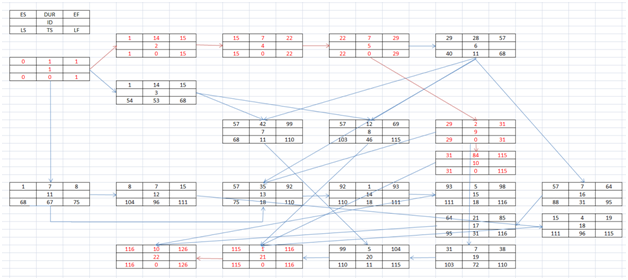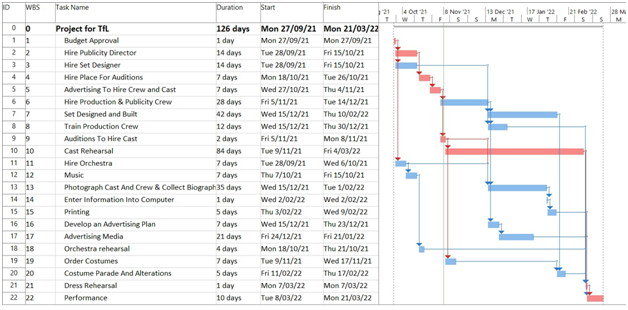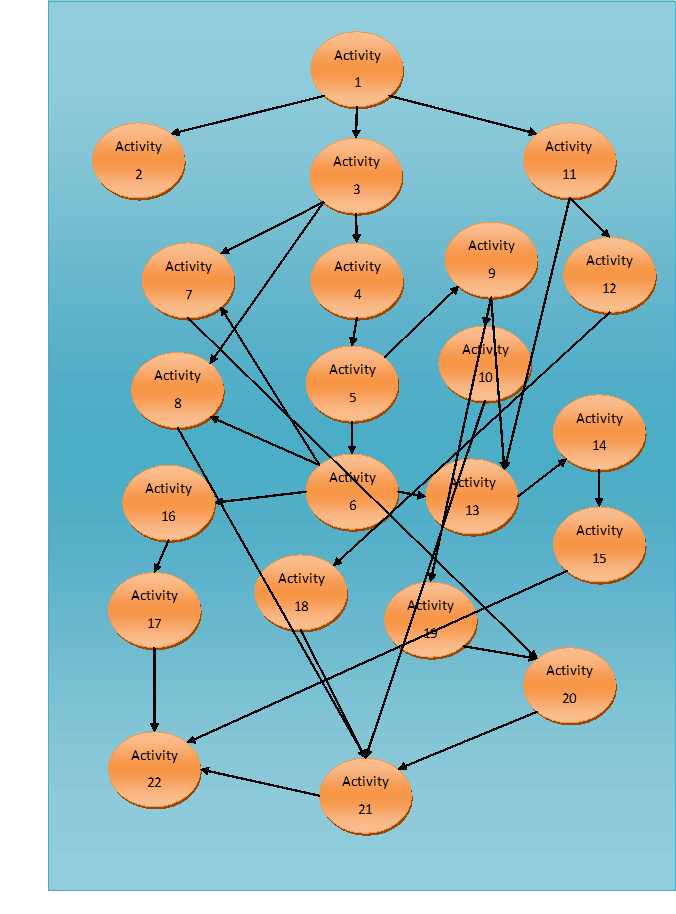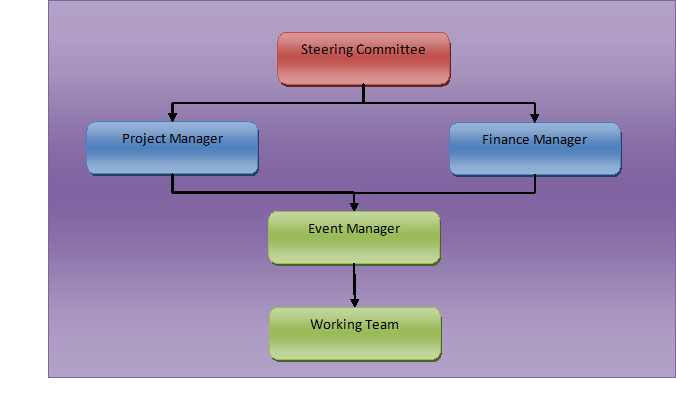Project Management Assignment: Project Planning By Transport For London
Question
Task:
Case Study
Dear Consultant,
A recent permission granted by Ealing Council to Transport for London (TfL) to develop some of our Land along Bollo Lane to create more than 800 new homes in Acton. Transport for London aim to undertake road projects to create safer, greener and more attractive streets, as well as improve the entire bus network across London – Ealing Council. Following this approval, TfL are inviting project management plan for the staging of one of the famous operettas of playwright William G. Gilbert and composer Arthur Sullivan to be submitted for consideration. The event is also aimed at celebrating the 40th anniversary of G&S Society and to unveil TfL strategic direction. The event will be funded by TfL in collaboration with the University’s Student Council. I wanted to thank you for taking on this contract at short notice, but to express my confidence in your ability to provide Transport for London project management plan.
In this project management assignment, you are to assume that it is 27th of September 2021, the Monday of the first week of the project. While the project team is being formed, the Project Manager asks you to prepare a 1500 (+/-10%) word report to be with him on 12th November 2021 and which he can present to TfL and the University’s Student Council.
The title of the report is “TfL project management plan for the staging of one of the famous operettas of playwright William G. Gilbert and composer Arthur Sullivan”
Task
1) The project management plan must begin by providing a justification for the project i.e. A compelling business case – project objectives and deliverables. Followed by a critical analysis of what methodology would be appropriate for this project and why? Support just justification with examples of where this methodology has been previously used as well as the benefits of using this methodology in your project.
Task 2
2)
(i) Develop a network diagram manually, AS TAUGHT (activities on arrows) clearly showing the relationship between all the activities listed above, the dependencies, the likely duration for each activity, the likely completion date (expected total project time). Calculate the earliest starting time, the latest starting time (EST,LST) and the earliest finishing time and latest finishing time (EFT, LFT) for each activity including an outline description of the critical path, highlighting the critical activities and the shortest possible time in days in which the project can be completed as scoped above. (give reasons for your choice).
(ii) Using microsoft project i.e. MS Project, represent the activity list above in a Gantt Chart
3) Task 3
Undertake a stakeholder analysis for this project. This should clearly identify internal and external stakeholder, group stakeholders according to their interest and power i.e. stakeholder management matrix, communication strategies.
4) Task 4
Using the activity list above, develop a clearly numbered Work Breakdown Structure (WBS) alongside an organizational structure for this music event.
5) Task 5
You are required to prepare a Risk Analysis for 20 different risks that could affect your project. Analyse the risks involved and develop strategies for dealing with them in detail. Present your Risk Analysis and Risk Management strategies/mitigations in the form of a table, AS TAUGHT in class.
6) Task 6
You are required to determine what the quality expectation, acceptance criteria, quality specification, and what measures would be put in place to control the event. In other words, you write up in this section must cover these heading.
Answer
Executive Summary
This paper on project management assignment focuses on the development of a project roadmap and plan for a performance staging project proposed by TfL. The paper covers all the major aspects of a project plan along with suitable analytic study based on project management theories. The paper also develops an estimated timeline that will be required to execute the entire project along with ensuring all the major activities are performed throughout its life cycle. A suitable project management methodology has also been chosen after a comparative study in order to assist the project manager to select the right approach for the project.
Introduction
This project plan is being developed on request of Transport for London (TfL). This particular project requires preparations and event management for celebrating the 40th anniversary of G&S Society and unveiling TfL strategic direction and will include staging of one of the famous operettas of playwright William G. Gilbert and composer Arthur Sullivan. TfL considers this as an important project and hence, step by step execution is essential to ensure the project is a success. For this purpose, this project plan has been developed in order to generate a clear idea of procedures to be followed so that the project team can work accordingly.
Methodology
There are a considerable number of project management methodologies that are available to follow as per the needs and requirements of the project. Specific methodologies are being used depending on the nature of the project and it is essential to select the particular methodology that suits the type of project perfectly. Of all the different methodologies, two most common methodologies are described as follows.
Waterfall – Waterfall methodology suggests a phase wise approach in which the entire project is divided into work packages, which are allocated into separate phases. These phases are executed one after the other on a continuous basis until the project end is reached and the final output is delivered. Although the project phases are generally designed in a sequential manner, some activities / work packages may run in parallel if needs be and the project team needs to work accordingly (Silvius 2017). This methodology is suitable for general projects that focus more on the output itself rather than quality of each milestone of the project.
Agile–Agile methodology suggests an iterative approach towards the project. In this case, the project is broken down into several sub-projects, each of which is undertaken through multiple iterations. The importance of multiple iterations for each sub-project is to ensure highest quality of the output before the project proceeds into the next step (Picciotto 2020). Unlike waterfall model, two or more project stages cannot run in parallel and one must be completed before the next one started. This is more suitable for software-based projects in which quality of each stage is more important than the final output.
Considering the nature of this particular project, it can be said that waterfall methodology is more suitable as there are no iterative approaches required and the final output is more essential than stage-based high-quality delivery.
Network Diagram and Critical Path
The network diagram of the project is drawn with critical path and critical activities marked in red as follows.

Figure 1: Network Diagram of the Project (with Critical Path)
(Source: Created by Author)
Critical path refers to the longest path in the project that in turn refers to the minimum duration that is necessary to complete the project. If a project has a single path, it itself is the critical path whereas when there are multiple paths, the path that has the maximum total duration is considered as the critical path (Chenet al. 2019). The critical path is reflected in the above diagram using red marker. From the calculations, it can be seen that the overall duration of the project is 126 days and the corresponding critical path is 1 > 2 > 4 > 5 > 9 > 10 > 21 > 22. This path is considered as the critical path as it has the longest duration of all the paths possible in the project starting from the beginning activity to the last.
Additionally, the Gantt chart of the project is drawn as follows.

Figure 2: Project Schedule (with Gantt Chart)
(Source: Created by Author)
Stakeholder Analysis
Stakeholders are essential aspects of a project as these are the personnel who are responsible for executing all the essential activities of a project. It is very much important to identify the stakeholders before the start of the project in order to ensure all the important roles and responsibilities are allocated to specific personnel at the earliest (Teresoet al. 2019). However, all the stakeholders will not roles and responsibilities of similar power or influence. In order to determine the power and influence of stakeholders within a project, stakeholder analysis is performed along with a graphical representation in four quadrants.
The procedure will be applied for this project as well and the stakeholders of the project are specified in the following table.
|
Stakeholder Designation |
Stakeholder Type |
Roles / Responsibilities |
|
Project Manager |
Internal |
Managing, controlling and monitoring of the project |
|
Finance Manager |
Internal |
Management and allocation of budget |
|
Steering Committee |
Internal |
Tracking project progress, approval of changes |
|
Event Manager |
External |
Handling the main execution of the event preparations and management, managing the working team |
The stakeholders specified above are then classified according to power and influence as follows.
|
High Power |
Finance Manager |
Steering Committee |
|
Low Power |
Event Manager |
Project Manager |
|
|
Low Influence |
High Influence |
In the above graph, it can be seen that the four identified stakeholders are allocated into different quadrants depending on the influence and power of them in the project. For instance, the steering committee has the highest power as well as influence in the project whereas the event manager has the lowest power and influence and will only work according to the plan and instructions of the other stakeholders (Chen et al. 2019). Again, the finance manager has high power but low influence on the project whereas the project manager has high influence despite having low power. This stakeholder analysis essentially reflects the nature of the roles of the stakeholders within this particular project.
Work Breakdown Structure
A work breakdown structure in a project is a breakdown of all the activities along with proper links with each other (Tereso et al. 2019). The work breakdown structure of the project is shown in the following diagram.

Figure 3: Work Breakdown Structure of the Project
(Source: Created by Author)
Additionally, the organisational structure of the project is shown as follows.

Figure 4: Organisational Structure of the Project
(Source: Created by Author)
Risk Analysis
Risks are inevitable in a project and it is of utmost importance to identify the risks and develop mitigation / contingency plans while planning for the project. If this activity is skipped during project planning, issues may arise due to occurrence of the risks in the project while the team will have no readymade ideas to counter and mitigate the risks (Müller, Drouin and Sankaran 2019). As a result, the project will suffer from the negative impacts of the risks that may even result in total failure of the project. Hence, it is always advisable to identify the risks beforehand during planning so that countermeasures are already in place when the risks occur in the project.
During project planning, in order to identify the risks and prepare risk management plan, a risk matrix is used that also helps to categorise and prioritise the risks. The same technique is used for risk analysis for this project as shown in the following table (includes 20 risks in total).
|
Risk Category |
Risk Identification |
Risk Analysis |
Risk Proximity |
Action Plan |
|
Organisational |
(1) Abrupt changes in plan, (2) lack of funding from organisation, (3) management conflict and (4) allocation of insufficient funds by the organisation can lead to serious risks. |
This risk arises from the organisation itself but can be avoided if the internal stakeholders are well aware of the impacts of such issues. |
High |
The internal stakeholders need to be properly decisive while planning for the project and avoid changes while the project is already underway. |
|
Internal |
(5) Internal conflicts among stakeholders, (6) conflicts within working team members, (7) lack of sufficient skills of the stakeholders, (8) lack of project management knowledge among the internal stakeholders and (9) lack of vision can lead to major issues in the project. |
Personal conflicts, lack of agreement and other factors can lead to conflicts that can halt the progress of the project. |
High |
It is important to avoid conflicts while working in the project; the team members and stakeholders should act professionally and avoid personal conflicts that can be resolved at a later time. Leading members of the project team should ensure conflicts are avoided in the teams. |
|
External |
Project may stop due to external political pressure or legal issues raised by some people. Some of these risks include: (9) Political pressure (10) Legal issues (11) Natural disasters (12) Financial meltdown (13) Public dissatisfaction (14) Logistics problem (15) Restrictions and strict guidelines (16) Accidents or health and safety issues at the venue |
The occurrences of these risks areout of control of the organisation and must be mitigated in a specific manner. |
Medium |
This type of external risk may or may not occur in the project but cannot be avoided as it is out of control of the project management team or the organisation. Hence, it is important to ensure this risk is kept in consideration and the team is ready to take appropriate actions to mitigate the problems. Using legal help at the start of the project may help the organisation to fight against such unwanted risks. |
|
Technological |
The project may encounter serious problems if the (17) equipments used do not meet the quality standards and compromise the safety of the performers and spectators during the event. Other technological risks include: (18) Non-feasible technical design of the event (19) Short circuits and other electrical problems (20) Lack of technical expertise of event workers |
When cheap quality materials and equipments are used to set up the entire event venue, the safety and wellbeing of the performers and spectators might be compromised and major disasters may happen any time. |
Medium |
Quality standards of the project need to be defined clearly during the planning of the project. Additionally, the event manager should be held accountable for quality management and failing to meet quality standards should lead to major financial penalties. |
Quality Management
Quality standards are set in projects to ensure the final outcome fulfils the expectations of the stakeholders and the organisation. In this case, the quality standards include quality requirements of the event that in turn covers the materials and equipments used, the arrangements made for the performers and the spectators and the safety and security setups installed in the venue (Larsson and Larsson 2020). Additionally, in order to ensure the quality standards are being followed, performance indicators need to be set in the project. The performance indicators along with specific acceptance criteria will ensure the event manager and his team have a clear idea of the quality related expectations and the same will reflect on the project accordingly.
Conclusion and Recommendations
Overall in this paper, a project plan has been developed for the proposed event TfL wants to execute. The paper reflects several important aspects of the project include the schedule, work breakdown, stakeholders and risk analysis and quality management plan. Based on the overall analytic study done above along with the preparation of the project plan, the following recommendations are made for TfL to follows.
Ensure proper deadlines are set so that the project tasks can be executed within optimal time periods.
Ensure certain flexibility in budget in order to cover for unforeseen expenses.
Promote the importance of risk management among the team members before starting the project.
Set specific quality standards that the team must fulfil and failing which should result in financial penalties.
References
Chen, T., Fu, M., Liu, R., Xu, X., Zhou, S. and Liu, B., 2019. How do project management competencies change within the project management career model in large Chinese construction companies. International Journal of Project Management, 37(3), pp.485-500.
Larsson, J. and Larsson, L., 2020. Integration, application and importance of collaboration in sustainable project management. Sustainability, 12(2), p.585.
Müller, R., Drouin, N. and Sankaran, S., 2019. Modeling organizational project management. Project Management Journal, 50(4), pp.499-513.
Picciotto, R., 2020. Towards a ‘New Project Management’movement An international development perspective. Project management assignmentInternational Journal of Project Management, 38(8), pp.474-485.
Silvius, G., 2017. Sustainability as a new school of thought in project management. Journal of cleaner production, 166, pp.1479-1493.
Tereso, A., Ribeiro, P., Fernandes, G., Loureiro, I. and Ferreira, M., 2019. Project management practices in private organizations. Project Management Journal, 50(1), pp.6-22.












